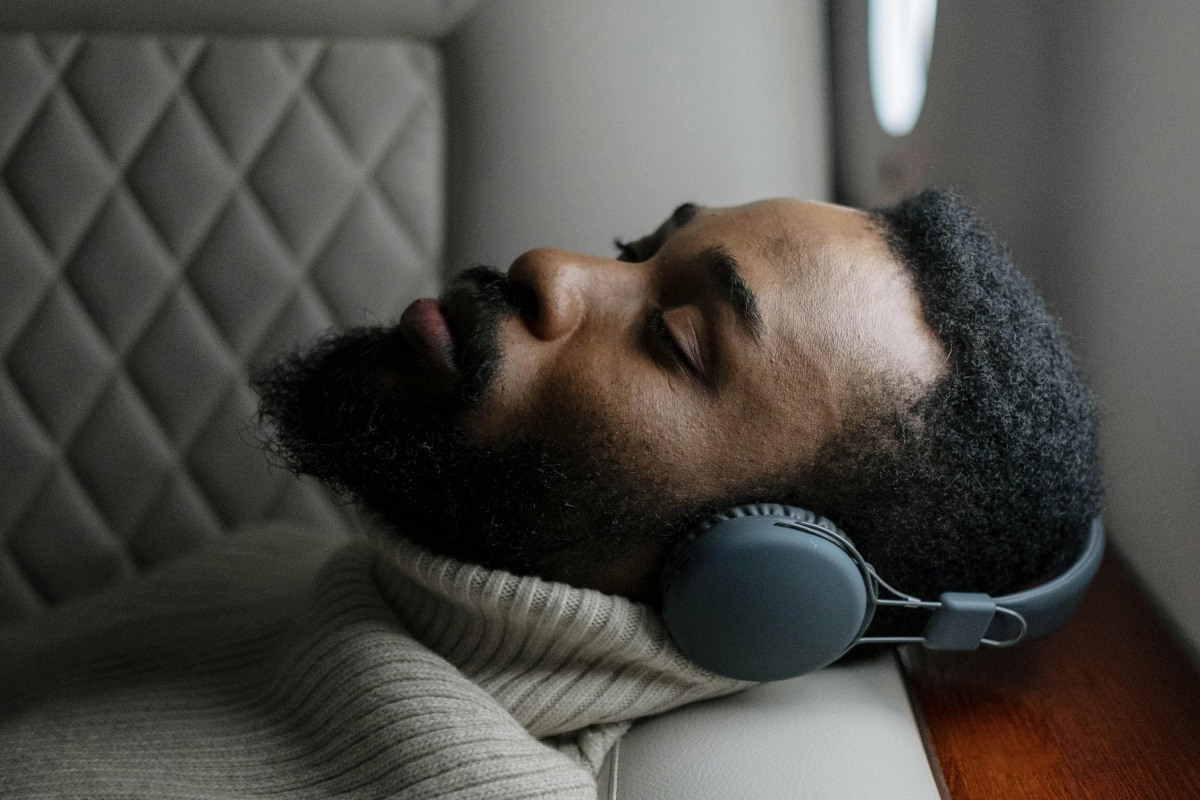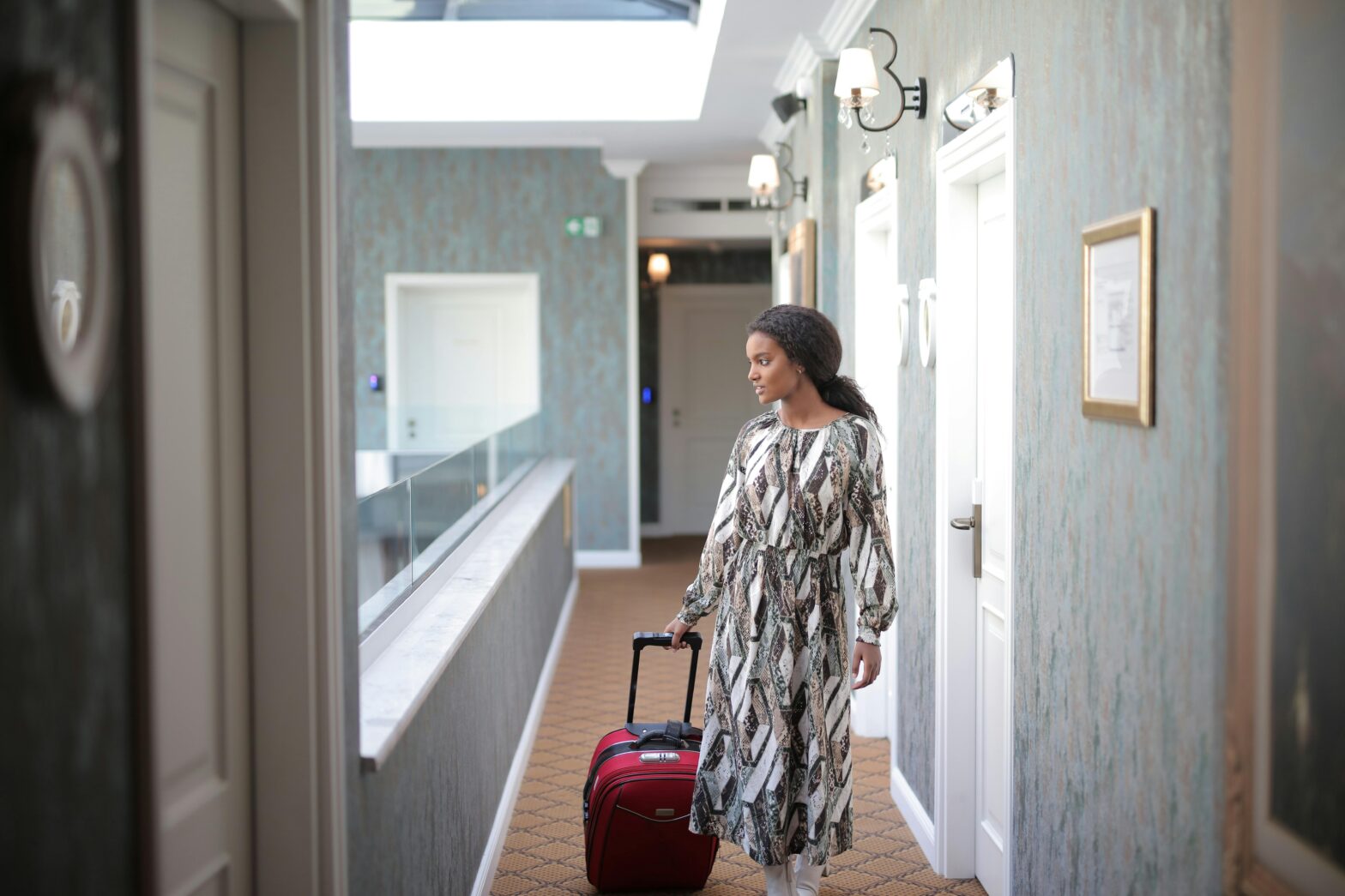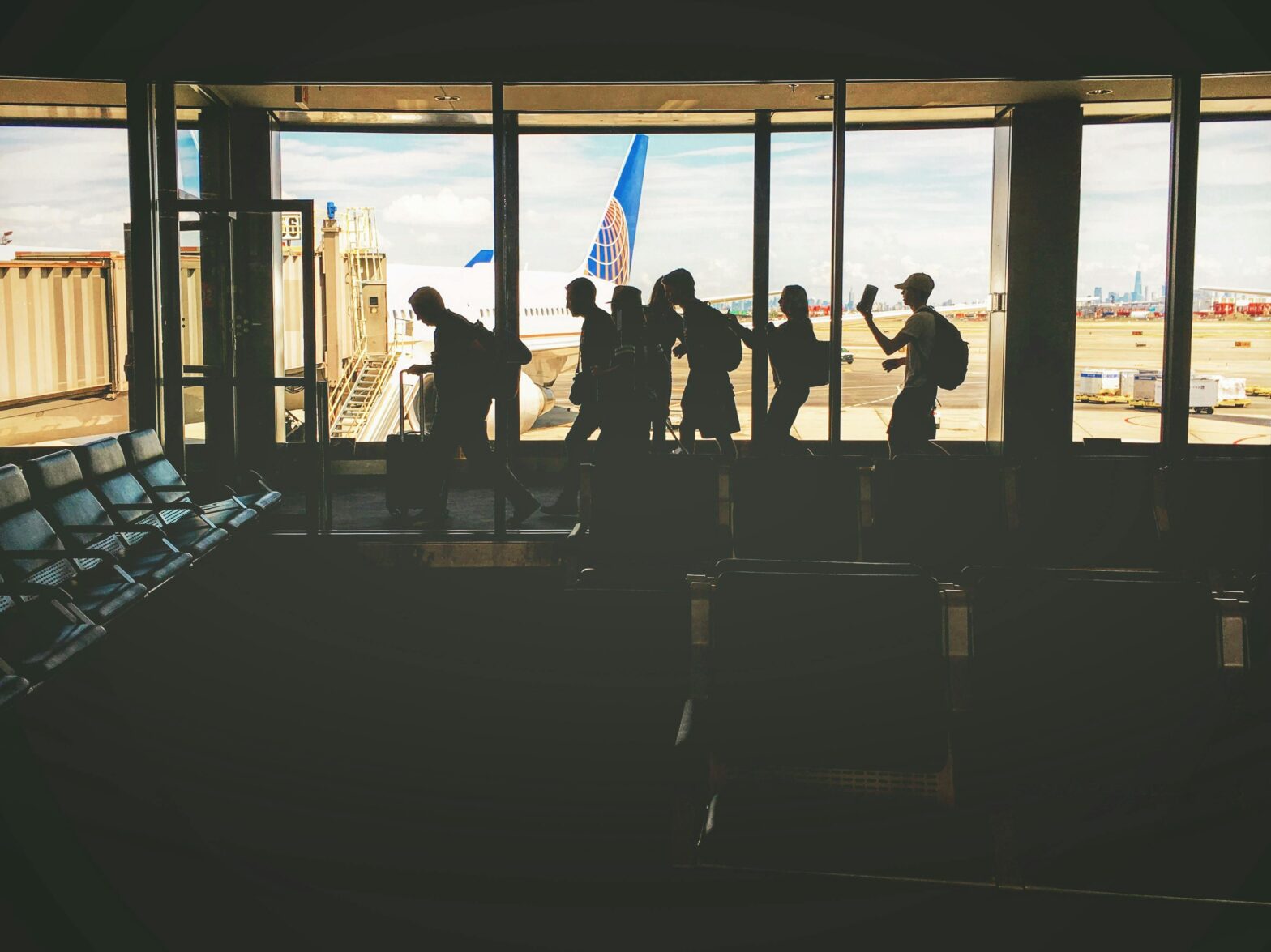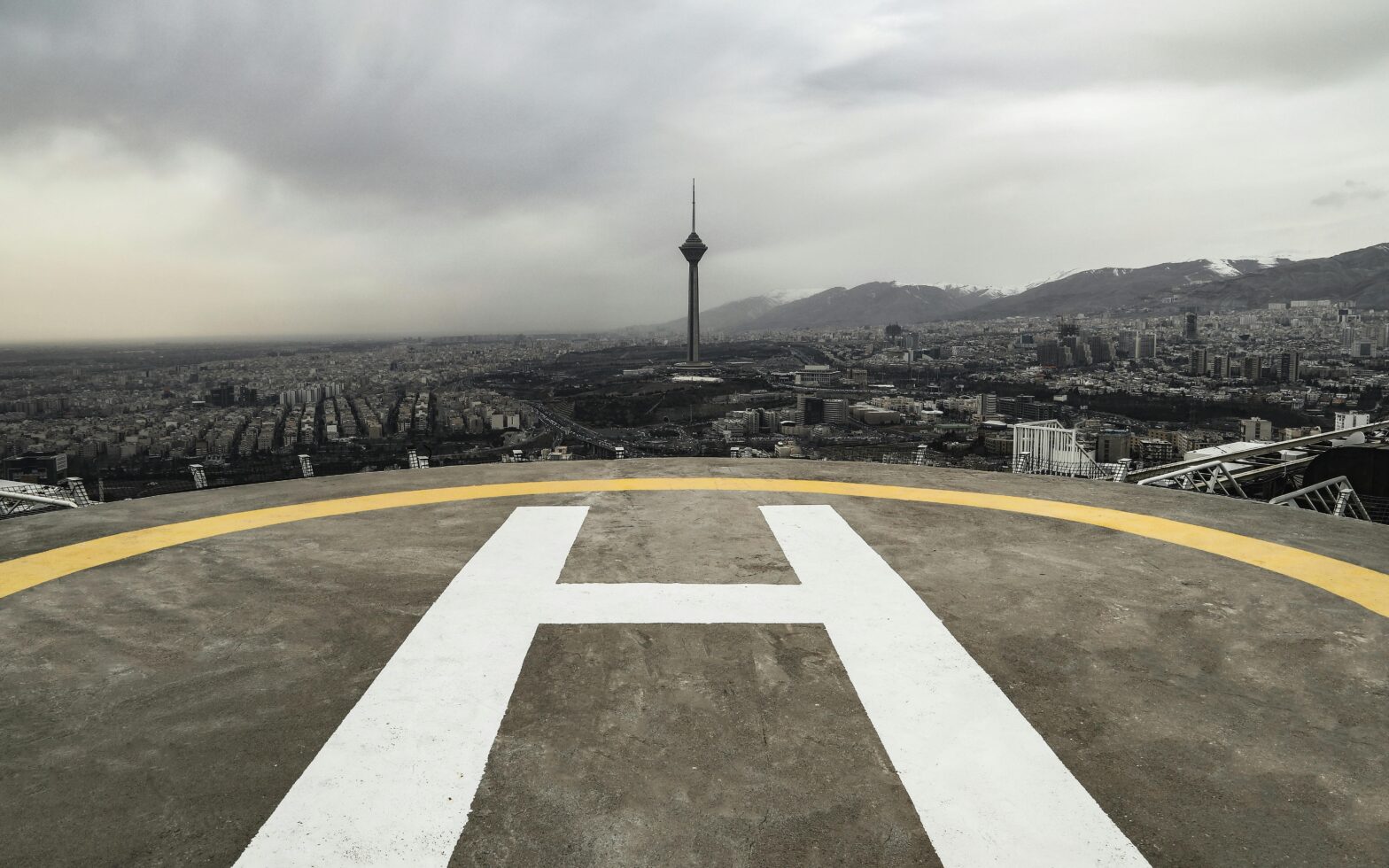There’s a quiet revolution underway in the world of air travel. This revolt might see the end of a feature long considered a staple of air travel comfort: the reclining seat in economy class. As airlines aim to simplify operations and improve customer experiences, the traditional reclining seat is increasingly considered a nuisance rather than a necessity.
From Reclining to Pre-reclined
The trend toward eliminating these seats from economy-class cabins isn’t entirely new but has gained significant momentum in recent years. Low-cost carriers first introduced pre-reclined seats. These seats are molded at a slightly deeper angle than regular seats. However, they do not offer the option to lean back further. Spirit and Allegiant were among the first to adopt this approach. They branded these seats as pre-reclined to highlight their fixed, slightly reclined position.
This concept then spread to mainstream carriers. British Airways, for example, added pre-reclined seats to the economy cabins of its Airbus A320neos fleet in 2018. Around the same time, major U.S. airlines, including Delta, United, American, and Southwest, began reducing the recline available in economy seats from a more generous four inches to a mere two inches.
Why the Shift is Happening
This departure from reclining seats is due to numerous factors. Seats that don’t lean completely back are more efficient from an operational sense since they weigh less, have fewer moving parts, and help keep fuel costs down. Additionally, airlines may save money on maintenance costs with these. On the passenger experience front, the move aims to address the increasing number of disputes and discomfort caused by reclining seats in cramped cabins.
The debate over the right to recline has been among the most divisive in air travel. While some passengers consider this a necessary comfort for long flights, others see it as infringing on their already limited personal space. These opinion differences have led to heated exchanges. In some cases, they have led to “recline wars.” As airlines continue to change, the future of these seats in economy class remains uncertain.
While some industry experts predict their eventual disappearance, others are more optimistic. They believe a balance can be struck that satisfies both the airlines’ desire for efficiency and passengers’ need for comfort. What is clear is that the conversation around reclining seats is far from over. As the aviation industry evolves, so will the experience of air travel passengers.





